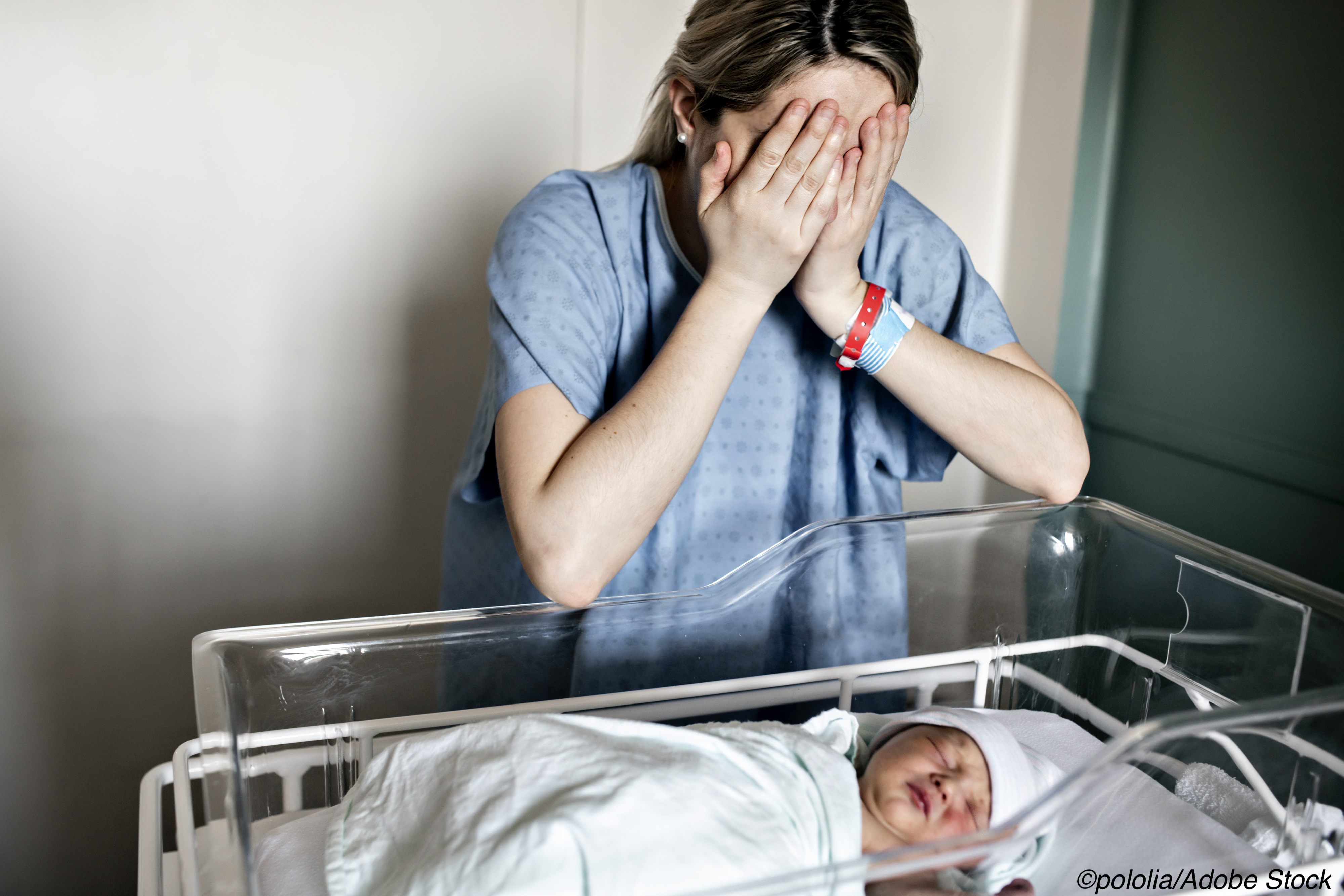
Severe maternal morbidity (SMM) may occur after delivery hospitalization in a significant number of insured women and is most frequent within the first 2 weeks after delivery discharge, according to results from a recent study published in JAMA Network Open.
Researchers advised, therefore, that clinicians assess women for SMM in the postdelivery discharge period because limiting vigilance for SMM events to only the delivery hospitalization period would miss more than 1 in 7 SMM cases.
“For every maternal death, it is estimated that 50 to 100 women experience SMM, which is defined as life-threatening complications without timely identification and proper management that may be associated with deaths. The rates of many factors associated with SMM have increased in the past few decades,” wrote Jiajia Chen, PhD, National Center for Chronic Disease Prevention and Health Promotion, Centers for Disease Control and Prevention, Atlanta, and fellow researchers.
Chen and colleagues used data from the IBM MarketScan Multi-State Medicaid and the IBM MarketScan Commercial Claims and Encounters databases to identify 2,667,325 women aged 15 to 44 years who delivered between Jan. 1, 2010, and Sept. 30, 2014, whom they classified into three groups according to outcome:
- No SMM during delivery hospitalization and postdelivery period (reference group).
- At least one factor associated with SMM during delivery hospitalization.
- Any factor associated with de novo SMM after delivery discharge.
A total of 809,377 women (30.3%) had Medicaid insurance (mean age: 25.6 years; 51.1% white), of whom 2.2% had SMM during delivery hospitalization and 0.4% had de novo SMM after hospital discharge. The remaining 1,857,948 women (mean age: 30.6 years; 36.4% from southern United States) had commercial insurance. Among these women, 1.7% had SMM during hospitalization for delivery, and 0.3% developed de novo SMM after hospital discharge.
De novo SMM developed within 6 weeks after hospital discharge in 15.7% of women with Medicaid insurance, and in 14.1% of those with commercial insurance. When they analyzed the timing of the first SMM episode in women first diagnosed after hospitalization for delivery, Chen and colleagues found that the number of cases was highest within the first week after hospitalization, and the decreased rapidly after week 2 in both groups commercially insured and Medicaid insured women. In these women diagnosed with de novo SMM, 75.7% and 73.5%, respectively, developed in the first 2 weeks after discharge.
In the Medicaid population, higher rates of SMM during delivery hospitalization occurred in non-Hispanic black women (adjusted OR: 1.53; 95% CI: 1.48-1.58), Hispanic women (aOR: 1.46: 95% CI: 1.37-1.57), and women of other races/ethnicities (aOR: 1.40; 95% CI: 1.33-1.47) compared with non-Hispanic white women. In the post-discharge period, they found that only the differences between black and white women persisted (aOR: 1.69; 95% CI: 1.57-1.81).
According to Chen and fellow researchers, the most common characteristics associated with SMM varied based on timing of the diagnosis. For example, in women who were Medicaid insured, the five most common factors for SMM during delivery hospitalization included disseminated intravascular coagulation, heart failure or cardiac arrest, eclampsia, acute respiratory distress syndrome, and pulmonary edema or acute heart failure. After delivery, these changed to include pulmonary edema or acute heart failure, adult respiratory distress syndrome, sepsis, air and thrombotic embolism, and eclampsia.
During all time points in the Medicaid cohort, more women with SMM were older, black, had stillbirth, and had a cesarean delivery compared with women who did not develop SMM. Likewise, more commercially insured women who experienced SMM at any time point were older and had stillbirth or cesarean deliveries compared with women without SM.
Strikingly, stillbirth delivery was associated with a roughly 4-fold higher risk of SMM during delivery hospitalization (aOR: 3.80; 95% CI: 3.53-4.10) and cesarean deliver with an approximately 3-fold higher risk (aOR: 2.89; 95% CI: 2.82-2.95). After discharge, however, the risk in women with a stillbirth delivery was reduced to 2-fold higher (aOR: 2.01; 95% CI: 1.60-2.54), as well as for those undergoing cesarean delivery (aOR: 2.13; 95% CI: 2.01-2.25).
According to Donna M. Strobino, PhD, of Johns Hopkins Bloomberg School of Public Health, Baltimore, MD, these results from Chen and colleagues have strong implications for future efforts to improve maternal health.
“Strategies to improve maternal health by public, private, and professional organizations are needed to parallel data about SMM. The Preventing Maternal Deaths Act of 2018 authorized federal support for state maternal mortality review committees as a major step toward addressing high rates of maternal mortality and SMM,” she wrote in an accompanying editorial.
“Data about maternal morbidity are critical in recognizing the need for improved care, including systems of care to put the M into [maternal and child health] MCH. The Department of Health and Human Services agenda will only be successful, however, if when addressing improved care, we also listen to the voices of women and their experiences by recognizing their burden of SMM,” Strobino concluded.
-
Severe maternal morbidity (SMM) may occur after delivery hospitalization in up to nearly 16% of insured women, and is most frequent within the first 2 weeks after delivery discharge.
-
Researchers of this retrospective study found that de novo SMM developed within 6 weeks after hospital discharge in 15.7% of women with Medicaid insurance, and in 14.1% of those with commercial insurance.
Liz Meszaros, Contributing Writer, BreakingMED™
Neither Chen nor Strobino reported any disclosures.
Cat ID: 41
Topic ID: 83,41,730,41,192,925


